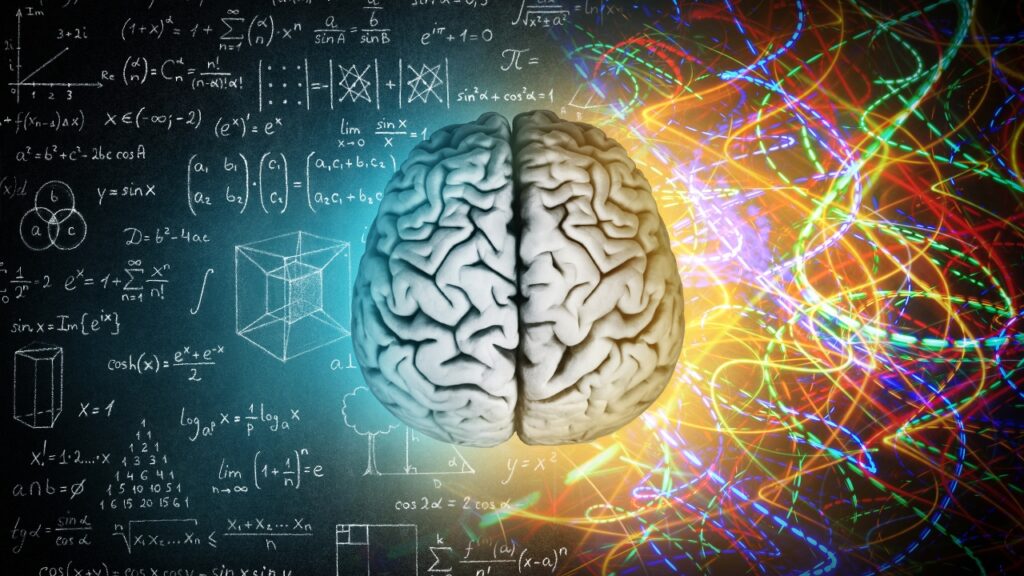Imagine picking up any book and being able to remember everything you’ve read at any given moment. This kind of superpower might sound like fiction but there are people in the real world who can possess the capacity to recall any piece of information. You’re probably not one of those people.
Read this article in Azerbaijani language 👉🏻 Visit this link!
One of the greatest blessings of the 21st century is information. The advancement of technology, the dominance of social networks, and the increasing number of useful platforms have resulted in an abundance of information. This might be one of the biggest issues we face. The overwhelming amount of information exhausts us and makes it difficult to differentiate what is essential.
If you are asked to list five essential facts from a non-fiction book you’ve read in the past year, how likely would you be to remember? How would you describe or recommend that book to someone else?
In fact, remembering everything and absorbing the information is difficult. Cognitive ability varies between people. Some people have a strong memory or photographic memory, some suffer from it. Average human memory capacity is limited. That’s why people are constantly in search of different methods how to increase memory or brain power. There are some essential questions that we need to find answers to first:
The answer is Second Brain! It is an incredibly complex structure of “applications, tools and techniques” synthesised in a database for the information you need to remember. Or to put it briefly, taking notes. However, Second Brain is not only about taking notes but it’s about using them regularly, applying them in your life and increasing efficiency and productivity. Let me explain to you the fundamentals of this system.

Taking Notes
By default, our brain tends to passivate the information after a while. Even if you think that you’ll remember later, you don’t remember. The concept of the Second Brain revolutionises the way we capture and retain information. In this system, note-taking allows us to organize our thoughts, ideas, and discoveries in a way that enhances our understanding and recall. Taking notes makes us capture insights in real-time, connect ideas, and navigate vast amounts of information effortlessly. In other words, note-taking is the best way to develop creativity by connecting and mixing captured information. As Pablo Picasso said:
Good artists copy, and great artists, steal.
Pablo picasso
Re-using when it’s necessary
There’s a principle you should know about memory: Your brain is meant to create ideas, not store them. One of the remarkable advantages of building a second brain is the ability to seamlessly reuse information. With a well-organized and interconnected system in place, our second brain becomes a treasure trove of valuable insights and resources that can be easily retrieved and repurposed. Instead of letting valuable knowledge sit idle and forgotten, a Second Brain allows us to leverage past ideas, notes, and experiences to fuel current projects and challenges. By efficiently tagging, categorizing, and linking information, we can quickly locate and reintegrate relevant content, saving time and effort in the process.
P.A.R.A methodology
On a daily basis, the types of information we receive are quite numerous. Over time, notes and sources increase considerably and finding the necessary information becomes even more difficult. The main purpose of the Second Brain is to optimize this process. The PARA system, developed by Tiago Forte, stands for Projects, Areas, Resources, and Archives. By applying this methodology, you can easily categorize and navigate digital knowledge. Here are the categories that you should implement in this system:
PARA methodology effectively maintains clarity, reduces mental clutter, and swiftly locates the specific information we need when we need it.

Abundance of information
Nowadays, we are surrounded by an overwhelming abundance of information. From emails and articles to social media updates and research papers, the sheer volume of data can be daunting to navigate and process. With the right tools and strategies, we can capture, organize, and retrieve information with ease. The Second Brain becomes a central hub where we can filter and curate relevant content, saving us time and energy. By using the right tools and techniques, you can transform information into knowledge while connecting ideas, identifying patterns, and synthesizing insights.
You know better when you make it
In our quest for knowledge and personal growth, it’s not enough to simply consume information passively. We must actively engage with it, turning it into something of our own. We can read countless books, watch informative videos, and listen to thought-provoking podcasts, but unless we take the time to internalize and process that knowledge, it remains superficial. However, what truly impacts our lives and future projects is the material we create ourselves. Whether it’s summarizing a book, turning a podcast into a blog insight, or fleshing out our own ideas, actively engaging with the material enables us to internalize it and use it effectively. By relying less on pre-existing content and taking the initiative to create our own, we develop a deeper familiarity that fuels our ability to produce interesting, creative, and original work.
Personalizing the information
One of the most compelling aspects of building a second brain is the ability to personalize and customize the way we interact with information. In our pursuit of knowledge, it’s easy to get lost in the sea of information available to us through books, videos, and podcasts. However, what truly impacts our lives and future projects is the material we create ourselves. Whether it’s summarizing a book, turning a podcast into a tweet storm of insights, or fleshing out our own ideas, actively engaging with the material enables us to internalize it and use it effectively. By relying less on pre-existing content and taking the initiative to create our own, we develop a deeper familiarity that fuels our ability to produce interesting, creative, and original work.
Building a Second Brain
Most people only take a note for a short period of time, thinking that after using it at that moment, they will no longer need it. However, if we personalize the information by taking notes and spending time/effort on it, we create a valuable treasure. Every little piece of information we receive, and every note we capture increases our treasure of information. So, let’s talk about how to create an effective system that integrates your notes, ideas, and resources. The solution is simple: a note-taking app. This is the main application/tool that you need to create your Second Brain. Besides note taking app, you can also use the calendar, to-do list, and bookmark managers for additional functions.
The below written guide includes the key methods, essential tools, types of information to consider, and time management strategies to construct the Second Brain.
Methods:
Building a second brain involves following a systematic approach that ensures efficient information management. Here are some key methods to consider:
- Capture: Develop habits for capturing information in real-time, such as taking digital notes, bookmarking web pages, or using voice recording apps to save ideas and insights.
- Organize: Implement a structure that categorizes information based on relevance, context, or project. Consider using methods like the PARA system (Projects, Areas, Resources, Archives) to provide a framework for organizing your second brain.
- Link: Create connections between different pieces of information by using hyperlinks, tags, or cross-references. This allows for easy navigation and discovery of related content.
- Review: Regularly review and revise your second brain to ensure the information remains up-to-date, accurate, and organized.
Tools:
Utilizing the right tools is essential for building an efficient second brain. Consider the following:

Types of Information:
Time Management:
You might be interested in this article: Ultimate guide to reading 100+books in a year
Key takeaways: Why Second Brain is important?
Building a such system is a very enjoyable process. The main goal is to build a robust system that serves you better and makes your life more efficient and productive. If you can fully integrate this system into your life, you will no longer have to hold all ideas in your head. Building a Second Brain is important for several reasons.
You can create this system with a simple notebook and pen using the same methodology. The downside of physical recording systems is that you can’t easily find the information you’re looking for.
Summary
Building a Second Brain is crucial in navigating the information age, enhancing organization and productivity, consolidating knowledge, and promoting personal growth. But building a Second Brain is not about using digital solutions, but creating a system that serves you best and makes your life more efficient and productive while increasing your development and growth. You can set it up with a simple note app, or a complex system of different apps. The main point is that the system you build serves you and shapes your time more effectively. If you want to create a second brain, start with a simple system. Over time, your system will evolve and adapt to your needs.


Leave a Reply
View Comments